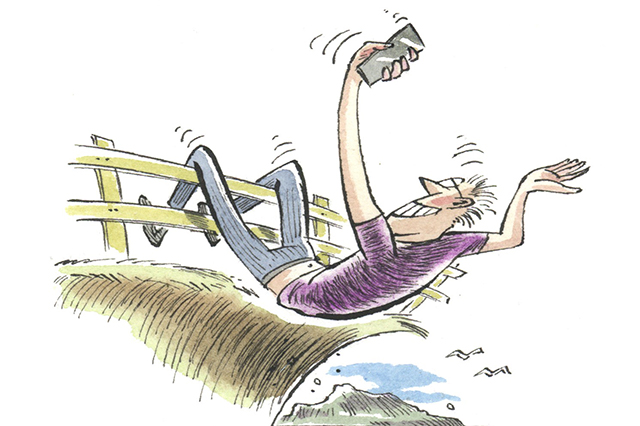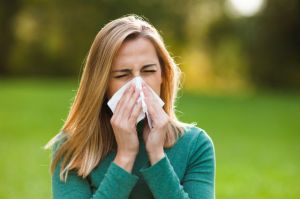Note: Due to the ever-changing nature of the COVID-19 crisis, please see official websites before visiting to check for restrictions or closures.
Horseshoe Bend in northern Arizona is a tight curve in the Colorado river with a view that must be seen to be believed. The proliferation of photos of the once-sleepy spot on social media helped spur an extra half million or so visitors between 2017 and 2018 alone. So many people visit now that the National Park Service had to put in a new road. And because many of those Instagram snaps are selfies, the NPS also added a guardrail.
There haven’t been many studies of selfie-related deaths, but a 2018 report in the Journal of Family Medicine and Primary Care found 259 worldwide between 2011 and 2017. Recent reports of fatal selfie accidents include a few highly publicized deaths in our national parks, which more than 300 million travelers visit each year. Fatal or nonfatal, distraction is a major culprit for selfie accidents.
“You’re looking at the image in the camera. You’re not looking where your feet are or at a potential hazard around you,” says NPS spokesperson Kathy Kupper. This means that people slip, trip and fall – or even wander into traffic. Areas near rivers, creeks and streams are hazardous because they are slippery, and drowning is a leading cause of death in national parks. Several travelers worldwide have died trying to take selfies at waterfalls. While framing that perfect shot, watch your footing and keep your surroundings in mind.
Of course, some folks put themselves at risk on purpose – like at Horseshoe Bend. “Even with the new railing and perfect spots to take your selfie safely, we still see people going over the railings to get an even better one,” Kupper says. “Because now that that’s the standard, people want to have the extreme.” She adds that those “extreme” selfies aren’t even that different. “The picture on the right side of the railing is just as amazing.”
Wildlife is another thing that tends to get selfie-seekers who venture too close into trouble, so stay at least 100 yards from those bears, coyotes and bison. It’s not just the big animals, however, that pose a risk. “The number-one reason people go to the clinic at the Grand Canyon is squirrel bites,” Kupper says. In general, if you’re close enough to an animal to take a selfie, you’re too close.
With 2.8 million followers @nationalparkservice isn’t immune to the lure of Instagram. They just want visitors to “keep safety in the picture,” a message they routinely use to caption photos of the parks’ stunning views.
To read more articles about travel-related health topics, visit AAA.com/LiveWell.















